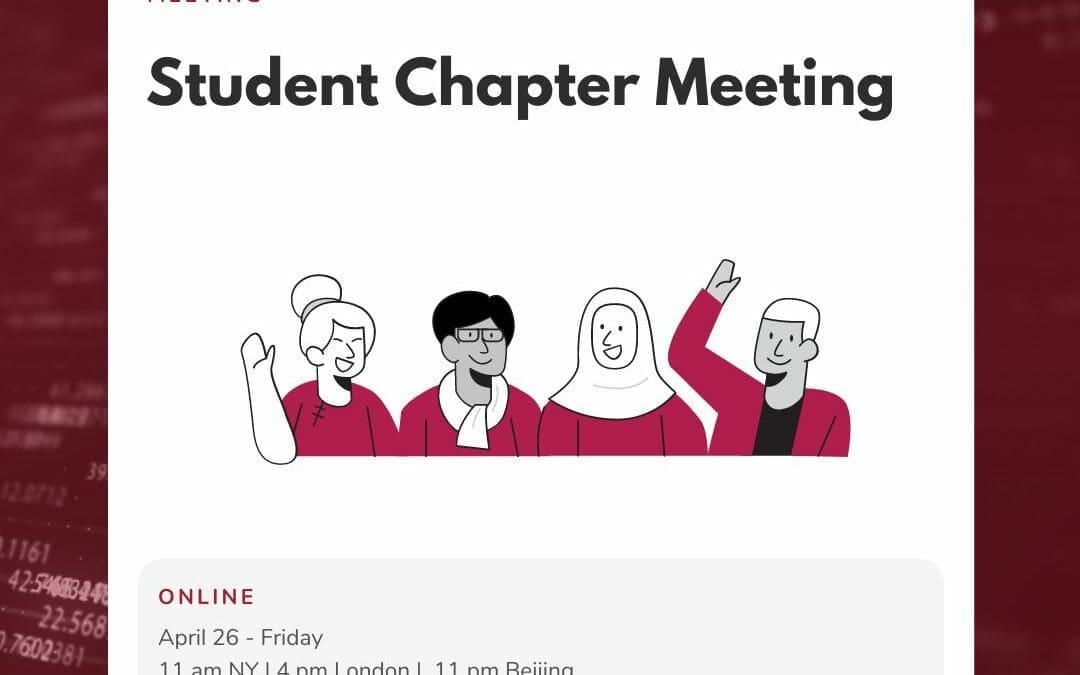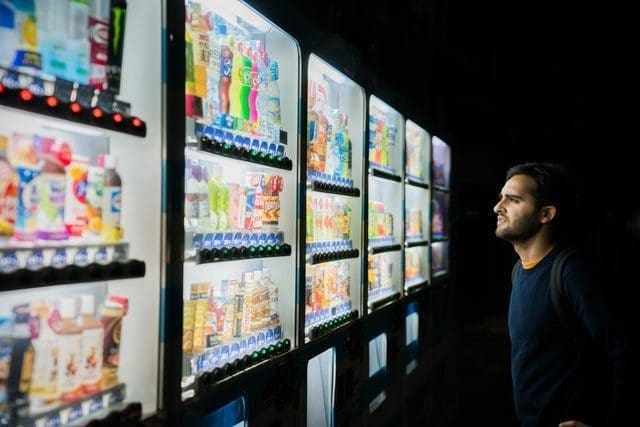Models Don’t Make Predictions, People Do!
Models and I go back a long way. I created relatively simple spreadsheet models by hand for 6 years at Arthur Andersen & Co. These were done on 14-column paper with a box of Ticonderoga #3 pencils and a Pink Pearl eraser. I understood the source of every input and the consequence of every output. When Lotus 1-2-3 came along, it merely automated the calculations. These computer-based models were no more influential in changing my thinking than my handmade pencil and paper models. Skip forward to System Dynamics (“SD”).
Circa 1975, when I first met Jay Forrester, Peter Senge, John Sterman and all the people at MIT, I was astonished by SD models. They could do things my models could not. But I realized these SD models had authors…filled with brilliance and know-how and biased perspectives. I also noted that Jay never (ever) said: “The model is predicting….” Instead, he stood behind the logic and reasoning in any model he authored. I don’t recall Peter ever saying that either. I’m not so sure about others, but I suspect they were willing to defend their thinking as well.
In my early SD days, I worked with Nathan Forrester, John Morecroft, Alan Graham, Jack Homer, David Peterson, Bill Arthur, Bob Eberlein, Jim Hines and many, many others. All understood clearly that the structure of the model generated its behavior, and that the structure was their representation. My task back then was to understand what was in their minds through what they included in the models. I learned SD that way.
Jim Hines coined the term, computer-aided thinking, for SD. However, we should not depend on computers to analyze/check/test our model for us. Tools and features are useful aids, but, at the end of the day, I believe one should understand every facet, every equation, in one’s SD models and be able to explain observed model behavior in real-world terms. The SD model should be, as George Richardson noted in his paper titled Problems for the Future of System Dynamics, a slice of one’s perception of reality. As such, the model is silent until provoked to simulate that slice, and its output does not speak for the modeler. The model merely tells the modeler, “Here’s what your view of the world says. If you don’t agree, your debate is with yourself and how you represented your thinking in these equations.”
I’ve worked with scores of clients over the years and we’ve built models together. Most did not understand the formal logic (the “maths”), but they grew to understand how a system’s structure generates its behavior. In most cases, the change in their thinking was gradual. Ultimately, the System Dynamics model replaced their mental model. This phenomenon is called reification. In short, the clients reified a formal model and it came to be their knowledge.
So that is why I say that models do not make predictions. People do.
Thompson places an interesting emphasis on Richardson’s point about models being one’s ‘slice of reality.’ In the SD community, we have a strong tradition of making our assumptions explicit in striving for model transparency. In one arena, COVID-19, the Society has joined a special call for model transparency in Science Magazine. On our site, members have heeded this call and openly their COVID-19 work for people to question parameters and equations–question our perception of reality–and to allow people to modify the model to represent their ‘slice. Please visit these resources and use them to help build your own predictions.
Recent Posts
Society Governance Updates
Society Governance Updates Welcome, Allyson! New President Allyson Beall King joined the Policy Council as our 2024 President. Her primary role is as director of the Washington State University School of the Environment, which focuses on regional ecologies and our...
Call for Presenters: Seminar Series
Call for Presenters: Seminar Series We at the System Dynamics Society are continually seeking vibrant and knowledgeable presenters for our ongoing Seminar Series. As we unfold the calendar, there’s always a place for more insights, experiences, and expertise to enrich...
Honoring Excellence: A Glimpse into the Awards of the International System Dynamics Conference
Honoring Excellence: A Glimpse into the Awards of the International System Dynamics Conference The International System Dynamics Conference brings together experts, practitioners, and students to exchange ideas, showcase real-world applications, and celebrate...
Upcoming Events

Student Chapter Meeting April 2024
We welcome all students to join us for this Student Chapter meeting! We want to provide students with an opportunity to generate ideas for Student Chapter activities, plan the Student Chapter Meeting at ISDC 2024 and fundraising campaign/raffle, organize a SC...
Recent Business cases
Solving Bottlenecks in Dairy Production Facilities with System Dynamics
Solving Bottlenecks in Dairy Production Facilities with System Dynamics EXECUTIVE Summary FrieslandCampina faced potential bottlenecks in production due to the merging of two factories. They hired SD&Co which employed system dynamics simulation models to predict...
A Design Value Calculator: A System Dynamics Boardgame
A Design Value Calculator: A System Dynamics Boardgame EXECUTIVE Summary Product design is a specific form of complex innovation that touches all areas of an organization’s management. While entrepreneurs recognise the value of design, they often tend to focus...
The World Bank Uses System Dynamics to Identify Root Causes of Poverty
The World Bank Uses System Dynamics to Identify Root Causes of Poverty EXECUTIVE Summary Madagascar has one of the highest poverty rates in the world. In 2022, an astonishingly three out of every four people in Madagascar lived below the poverty line. Poverty has...




A model being made by a human or many humans is necessary representative of their perceptions of the reality. But I have very rarely seen (probably never) a model with the author mentionning the necessary subjective history of his CLD and having made the effort to imagine other representations of the reality, and recognizing that his representation might be very biased. JJ